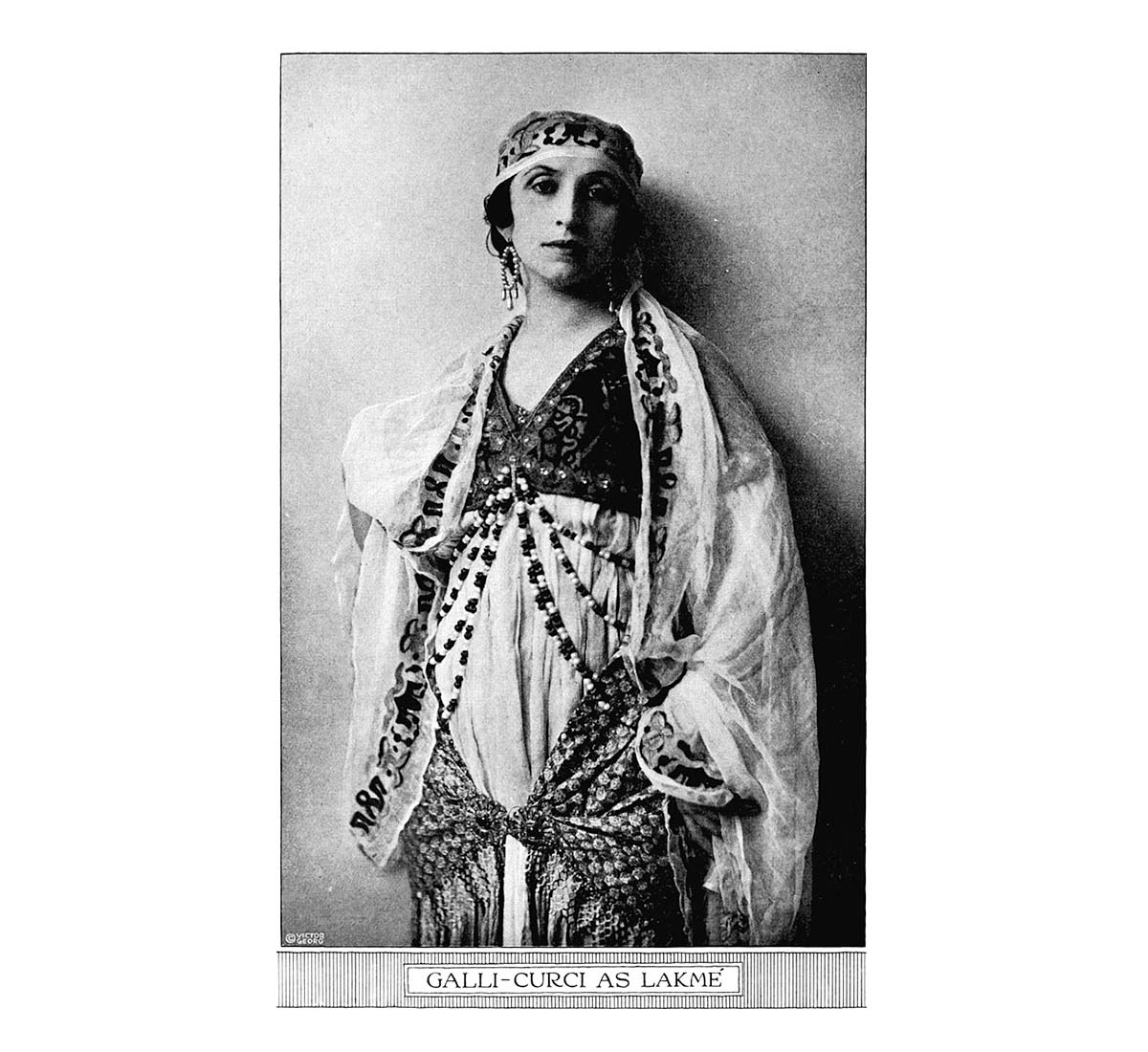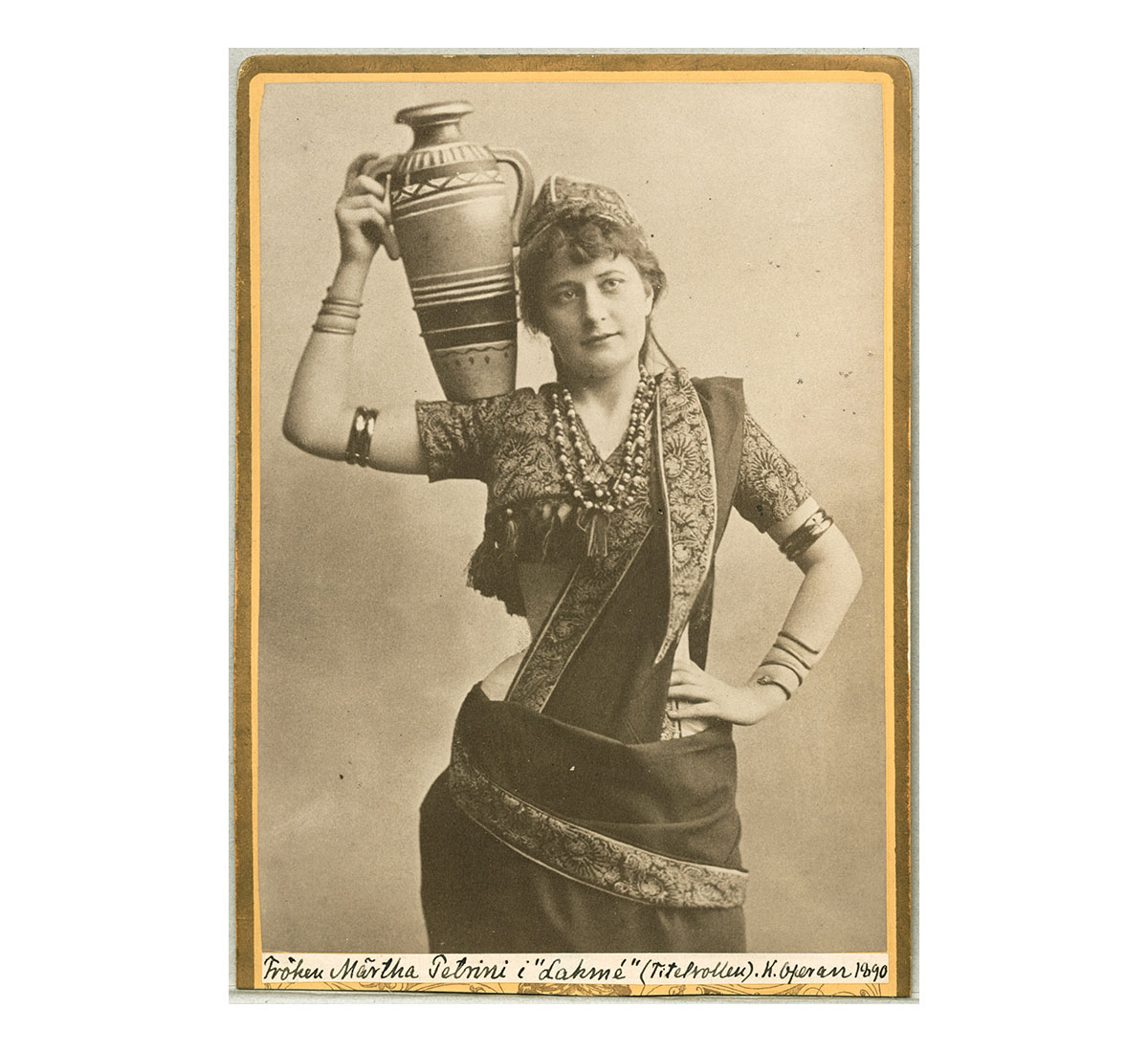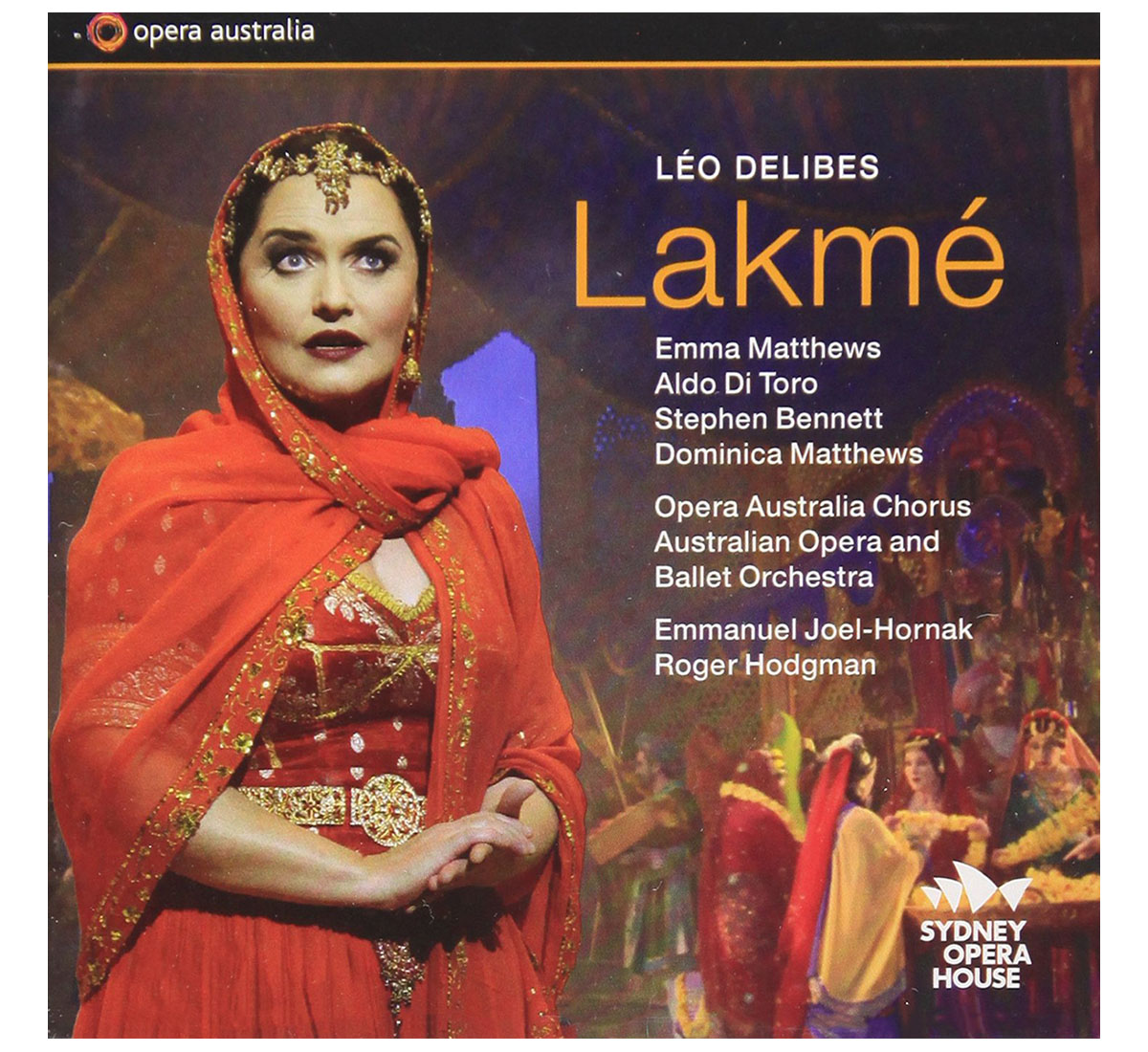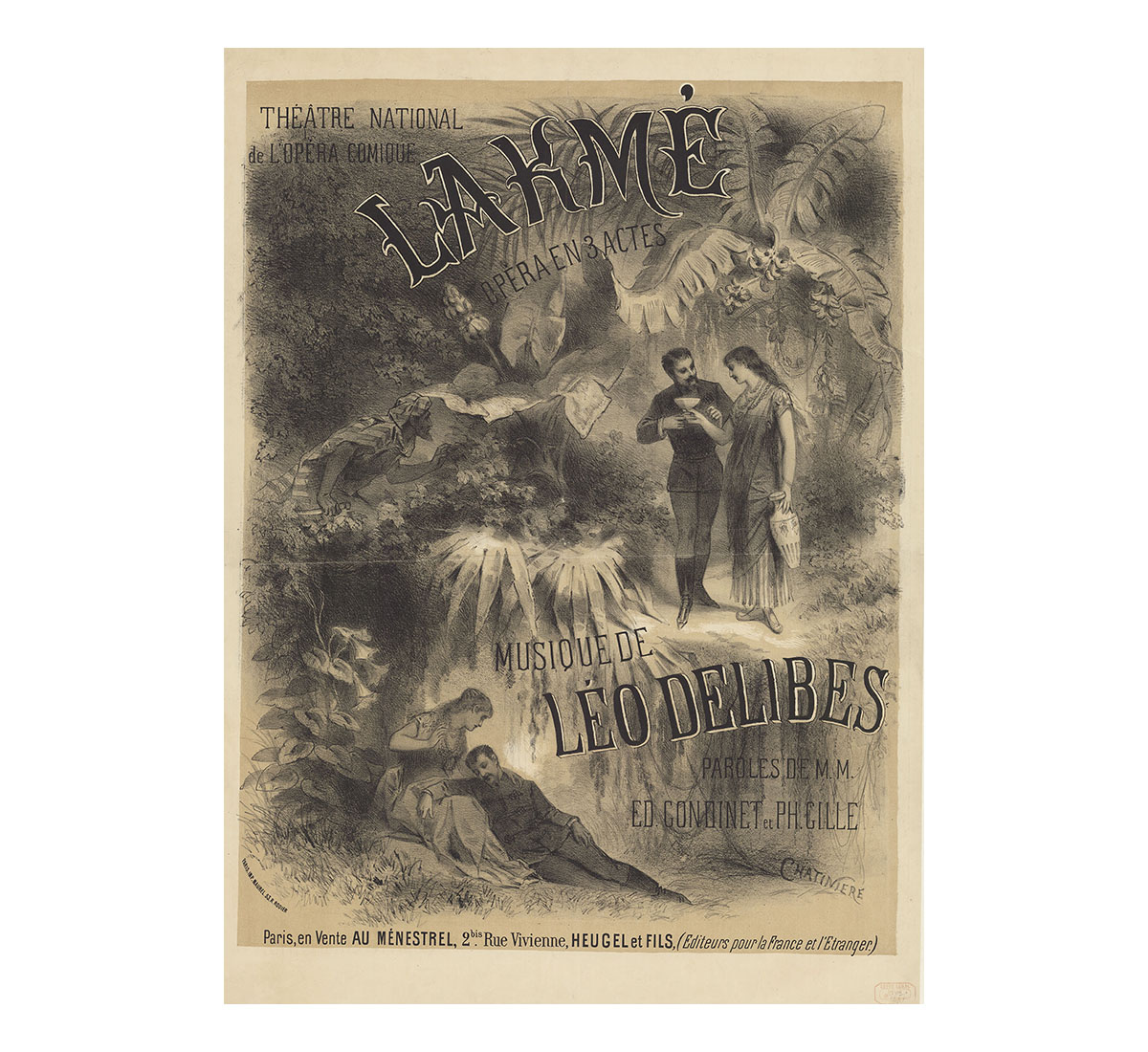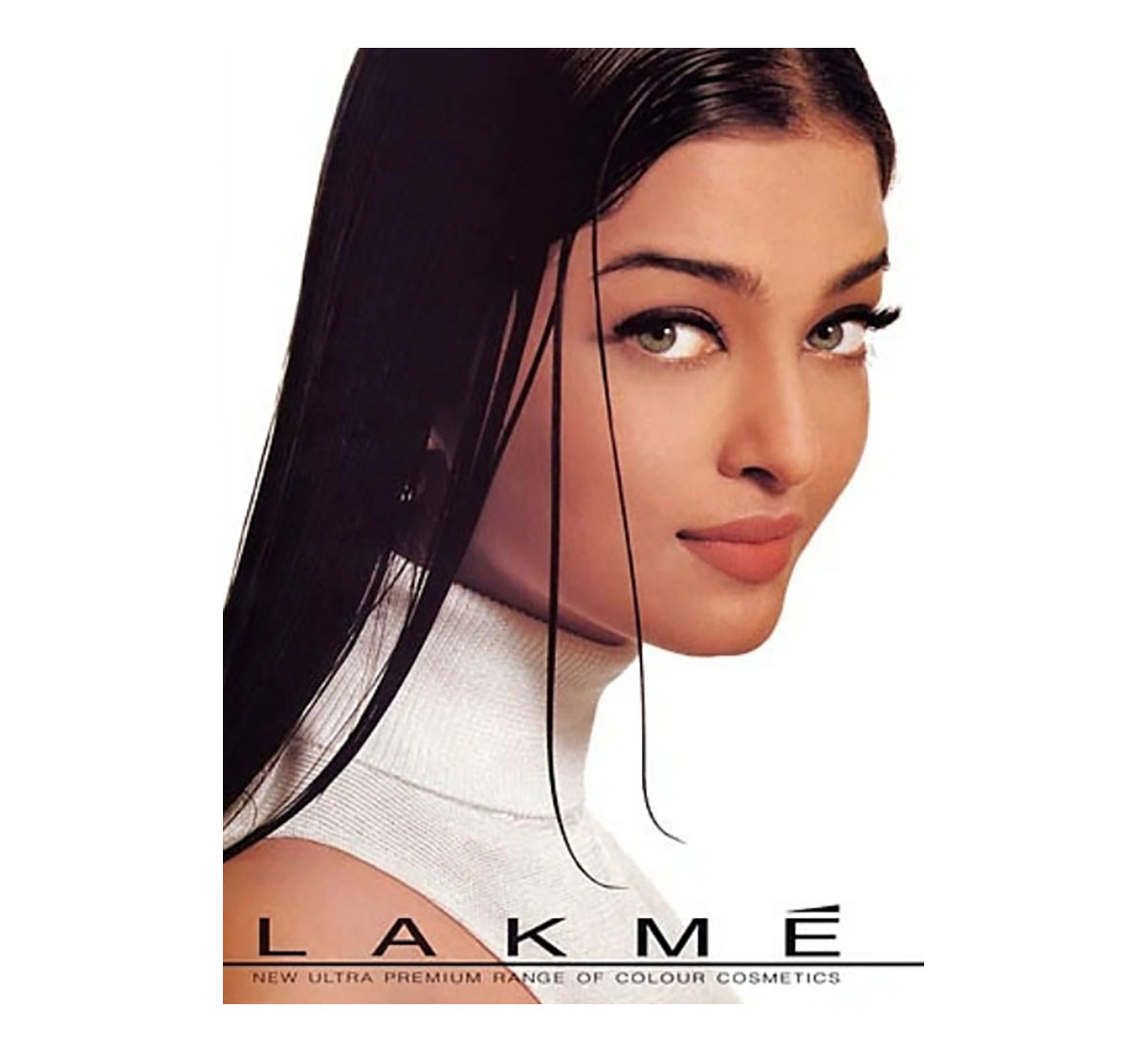PERSPECTIVES
Lakshmi or Lakmé?: 19th Century Fashionable Orientalism
Did you know that the beauty company Lakmé got its name from the title of the 1883 French opera Lakmé? The name was the French iteration of Lakshmi. When the TATA group wanted to set up a makeup line in the 1960s, their French collaborators suggested the name Lakmé as an homage to the opera. But what was Lakshmi, also the name of the Hindu goddess of wealth, beauty and prosperity, doing on the 19th-century French stage? Tracing the historicity of this name reveals a fascinating story about orientalist aesthetics and fashion.
Lakmé was an opera written by Léo Delibes, a French Romantic composer, set to a French libretto by Edmond Gondinet and Philippe Gille, and was first performed in 1883 at the Opéra-Comique in Paris. The opera tells the story of Lakmé, daughter of a Brahmin priest, and Gérald, a British army officer, falling in love in 19th century British India. While for Lakmé this love figuratively saves her from her cruel father, for Gérald it’s portrayed as a seduction away from his duty. The plot is inspired by an autobiographical novel by Pierre Loti, Le Marriage de Loti (1880), which is a narration of the author’s romance with a Tahitian girl named Rarahu during his adventures of “going native” in Tahiti by adopting local customs and living like a Tahitian. Victorians often used oriental dress and posture to display their adventurous and exotic travel and cultural immersion. One example is the 1854 photograph where Prince Arthur and Prince Alfred, sons of Queen Victoria, are seen in Indian royal clothes enacting an oriental scene. The term “Going native,” according to scholar Julie Codell, became popular in the 18th and 19th centuries as a denigrating reference to European people who go beyond a temporary immersion, who exhibit “a loss of civilising behaviour and a willing entry into a dangerous, atavistic, natural state through immersion in a ‘barbaric’ culture” as Loti did.
Interestingly, Loti’s Rarahu wasn’t a real woman, but a conglomerate of many local Tahitian women that Loti had affairs with. Just as the reductionist orientalism of the original, which was a characteristic of the 19th-century genre convention of “romantic exoticism”, Lakmé too stages many of the orientalist themes popular in the 1880s: an exotic location, mysterious religious rituals and fanatical priests, the beautiful flora and fauna of the Orient, the white saviour contrasted to the “savage” father-figure, and the novelty of being a Western colonial living in a foreign land. Notice that in the posters, the assumed wilderness of the Orient is foregrounded with a specific focus on banana and plantain leaves. The actors playing Lakmé through the ages have the oriental archetypes: the ornamental headdress, postures conveying sensuality, excess of jewellery, and objects such as the cylindrical pot that is more reminiscent of Arabic cultures, thereby conflating multiple oriental images into one.
The opera is a prime example of the colonial anxiety and fascination with nativity and the Orient. Gérald, the officer, is entranced by Lakmé, the oriental beauty, and is on the verge of confirming marital vows when he is reminded by his fellow officers of his military and national duty. Choosing his country over the oriental allure, he leaves Lakmé, rejecting “going native”, while Lakmé kills herself fearing dishonour.
In 2012, Opera Australia staged Lakmé with an English actor playing the titular character, thereby continuing the play and the period’s colonial legacy and orientalist aesthetics.




